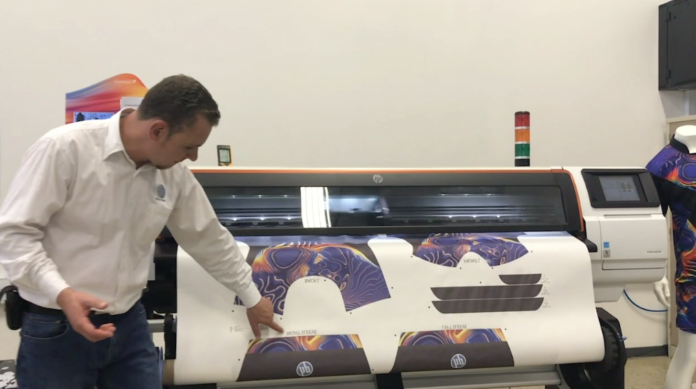In part one of the video, Midcomp Group marketing director Sean Greer discusses some of the challenges in textile printing, and how they can be overcome, using both dye-sublimation and direct-to-fabric printing as examples.
In the second part of the video, Greer talks the user through the calendering phase of textile printing.
Summary:
Part 1
• Maintenance is key.
• Temperature must be accurate.
• Humidity is critical.
• Choice of paper grammage makes a difference.
• Mirror the artwork.
• Avoid bi-directional banding.
• Print a proof to avoid mistakes.
• With direct-to-fabric printing, always ensure that the fabric is clean.
Part 2
• With calendering, 90 percent of the issues that may occur are centered around poor preparation.
• Preparation is crucial.
• Any variation in the settings of the machine’s temperature and speed will affect the process, namely the colour of the print.
• Temperature settings must be at 200 degrees Celsius for Bird’s Eye Fabric, with 31 seconds dwell time.
• Settings may vary between fabrics and machines.
• With direct-to-fabric print, brown paper will avoid ink from going where it shouldn’t.
Submit your news and video content to journo@practicalpublishing.co.za
Subscribe to our YouTube channel, read the top 5 stories weekly on WhatsApp or sign up to our newsletter.
|
LOCAL DISTRIBUTOR |















